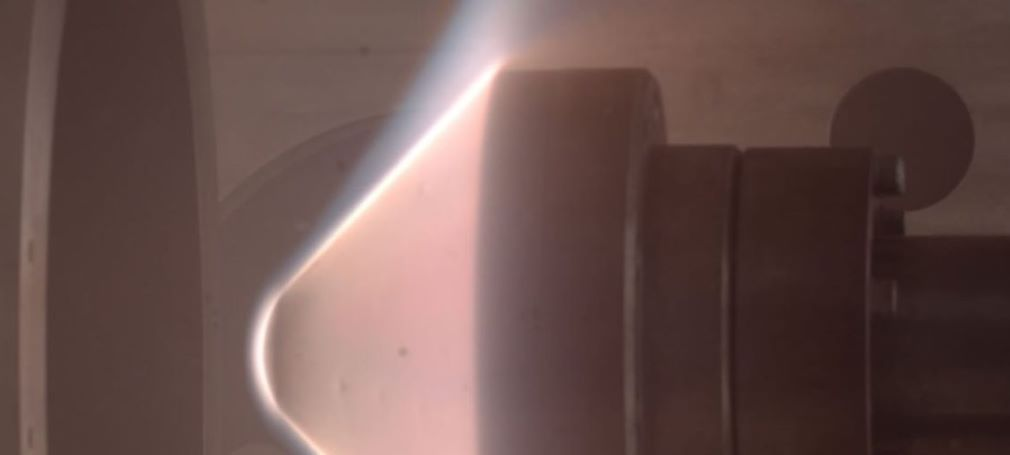Speaker
Description
Background of the study
The continuous study of ice giants, Uranus and Neptune is critical to advance our understanding of the solar system's origin and evolution. Despite being subject of numerous previous studies, fundamental questions still remain about the composition and thermal behaviour of their atmosphere and about the planets’ bulk composition. It is therefore paramount to develop new missions and dedicate additional research efforts to further our knowledge of these planets.
Key to the exploration of the ice giants is the ability to ensure the survivability of probes through the challenging aerothermodynamic environment experienced during atmospheric re-entry. The scope of the present work is to present a comparison of the results of numerical codes employing different physical models and numerical methods for the prediction of the aerodynamic and thermal loads acting on re-entering objects.
Methodology
Non-equilibrium hypersonic flows typical of atmospheric entry on the ice giants will be modelled using two different approaches under the assumption of continuum regime. The first approach will adopt a detailed state-to-state modeling for the thermochemical processes and will take advantage of GPU to address the large computational burden of explicitly modeling non-equilibrium aerothermodynamics. In order to reduce the computational cost, a new reduced electronically-specific state-to-state model was derived at CNR-ISTP for the H2/He mixture in the two-temperature approach.
The second approach, making use of the open-source code SU2-NEMO, will follow a more standard scheme where a so-called macroscopic approach will be used to deal with the thermochemical mechanisms. The latter will consider explicitly the pseudo-species in terms of their mass balance but will use a macroscopic two-temperature model for the energy exchange as implemented in the VKI Mutation++ library. By taking advantage of the existing integration between the open-source CFD software SU2-NEMO and the thermo-chemical library Mutation++, this model enables simulating the atmospheric entry into Ice Giants.
Test case: Galileo probe atmospheric entry on Ice Giants
Numerical simulations of hypersonic flows past Galileo probe will be presented in the final manuscript for entry on the atmospheres of Uranus and Neptune. In order to simplify the geometrical configuration, a null angle of attack will be considered, so that axis-symmetric simulations can be executed.
Relevant atmospheric entry conditions have been identified by using a low fidelity approach based on local panel inclination methods and simplified correlations such as the Van Driest and Fay-Riddel model for heat fluxes. The results obtained with the different approaches to model the non-equilibrium processes will be compared in terms of the evaluation of stagnation line quantities such as temperatures and species mass fractions and in terms of surface aerothermal loads.
Summary
Hypersonic re-entry of the Galileo probe into the the atmospheres of the ice giants is considered in this work. Non-equilibrium processes are modeled using two approaches: a detailed state-to-state model and a so-called macroscopic model, based on the two-temperature approach as well as a reduced, only electronically-specific state-to-state model. A comparative assessment of the two approaches is thereby presented as the focus of this work.

